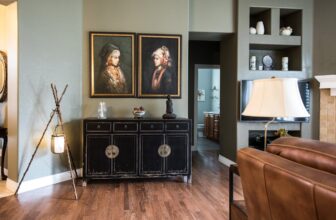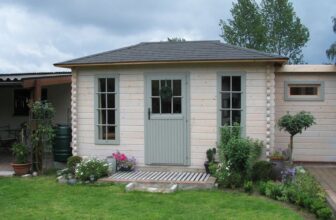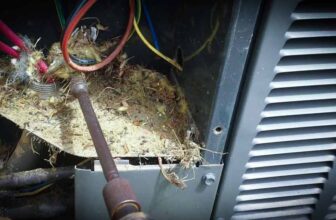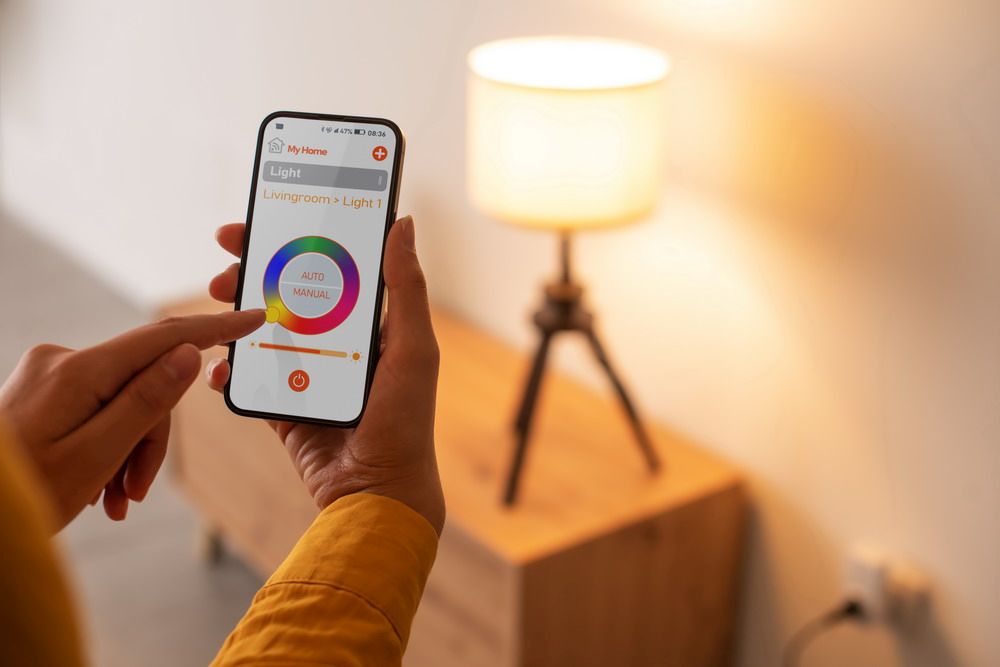
Automating your lighting is a great way to get into smart home automation. We all use lights, right? Of course. But most of us also have preferences in terms of how we use them throughout the day and night. Whether we know it or not, a lot of us take advantage of what the home automation industry refers to as lighting scenes.
Table of Contents
Scenes for Different Times of Day
To illustrate the point, let me use my own home as an example. Our home has been designed around the open floor concept. Therefore, our main living space, kitchen, and dining room are all one large area. During the evening hours, we like to have the overhead light on in the main area along with a smaller light over the kitchen sink. This is our evening lighting scene for this part of the house. We consistently use it night after night.
Admittedly, our lighting scenes are pretty basic. We live in a simple house with minimal lighting, which is to say that we don’t make use of a whole lot of accent lighting. That makes it pretty easy for us to create lighting scenes. In homes with more complex lighting, creating scenes can be challenging. But with a good home automation system, you can do great things.
Three Types of Lighting
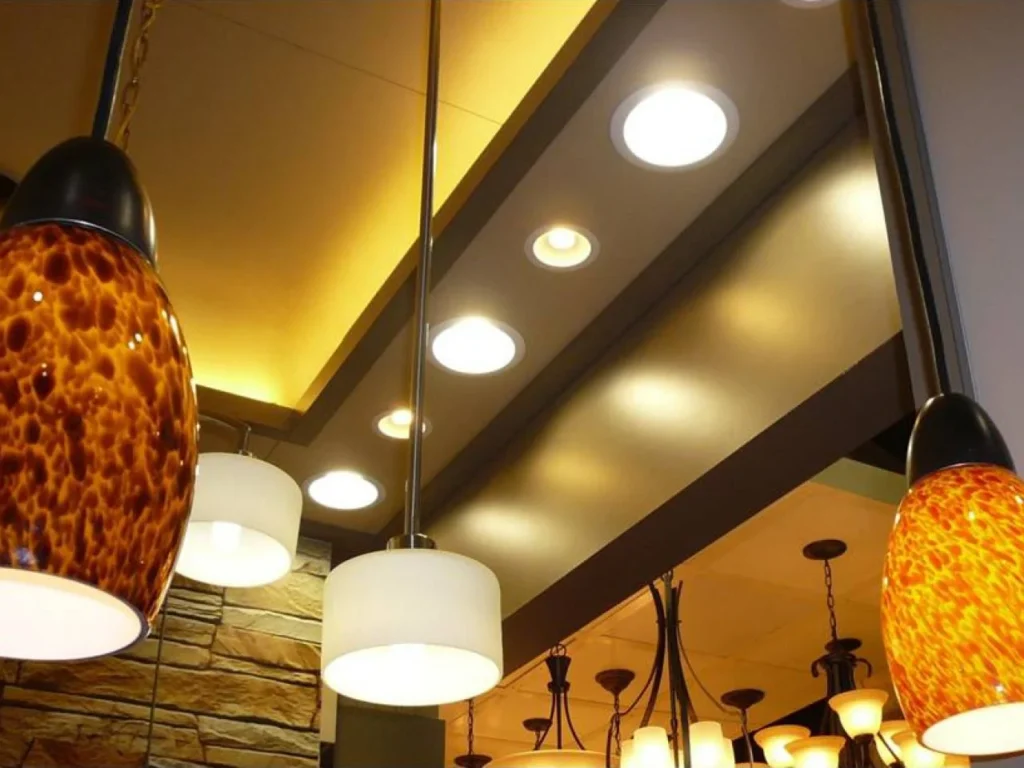
Source: hgtv.com
Vivint Home Security has a pretty decent home lighting guide on their website. In terms of creating scenes, they specifically mention three types of lighting as follows:
- Ambient Lighting – Ambient lighting is the main lighting for a given space. In our living room, ambient lighting is provided by an overhead light with three fixtures. It is turned on and off via a switch on the wall.
- Task Lighting – Task lighting is lighting used for specific functions. For example, a floor lamp next to your favorite chair illuminates the space while you are reading a book. The overhead light in the kitchen illuminates the sink, making it easier to wash the dishes.
- Accent Lighting – Accent lighting does exactly as its name implies: it highlights a particular space through purpose-built lights. An accent light could be an LED strip mounted underneath the kitchen cabinets or a wall sconce that gently illuminates a long hallway.
Vivint says that creating lighting scenes with all three types of lights is primarily a matter of layering. Different lights are layered in a variety of intensities to create the perfect scene. In some cases, colors can be introduced for a different kind of aesthetic.
How Scenes Are Created
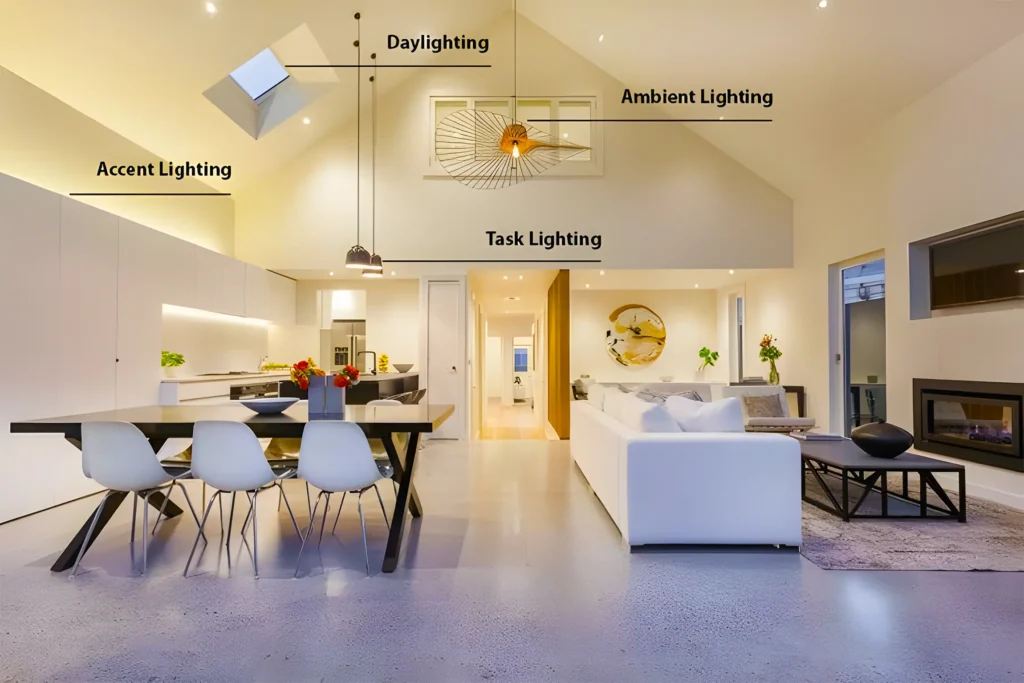
Source: modern.place
As for creating actual lighting scenes with the home automation system, it starts with determining what you want a scene to look like. For example, consider establishing a scene for the family room that you will use on movie night.
You don’t want the overhead light on because it will interfere with viewing. But you also do not want the room to be totally dark. Perhaps you have accent lighting around the TV along with recessed lighting in the ceiling. You can control the recessed lighting’s dimness.
You might establish a scene that provides just enough warm, glowing light to prevent the room from being too dark. You can also program your system so that, with the touch of a button or a tap of your phone, you can automatically adjust all the lights in the family room.
You Need a Trigger
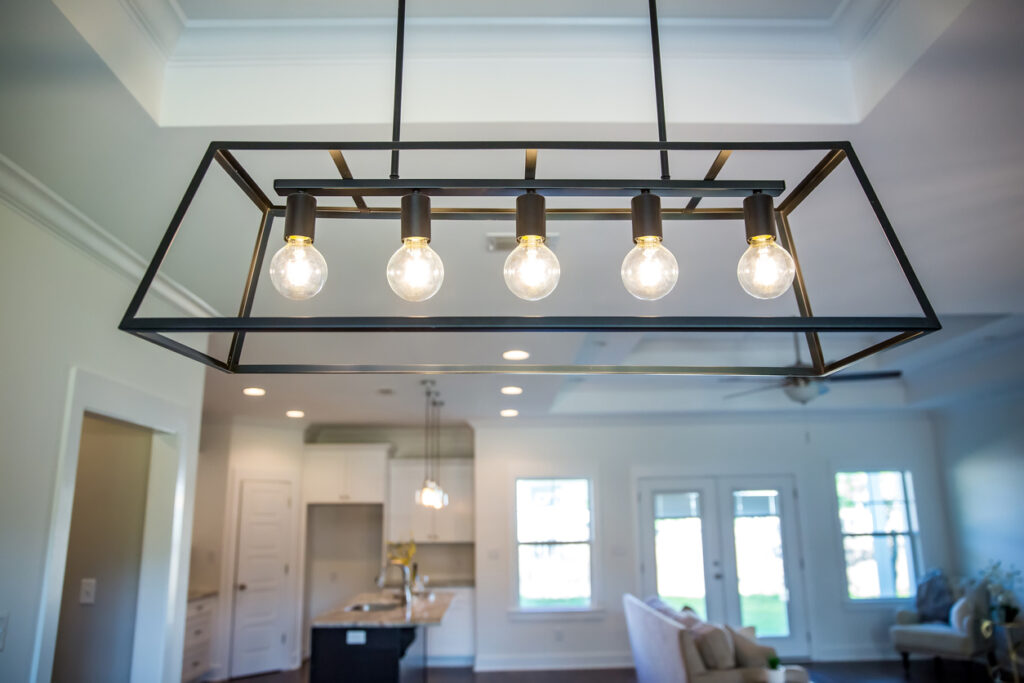
Source: porch.com
Lighting scenes are implemented with triggers. You could make you trigger whatever you wanted. For example, you could set the scene to activate by tapping a shortcut on your smartphone screen. You could also link the scene to a voice command.
The scene could be activated automatically when you turn on your home entertainment system. It could be activated at a specific time on a specific day. The point is that all sorts of triggers can activate the scene at the appropriate time.
Once you set your lights and decide on a trigger, it’s time to program your system. This is one part I cannot provide the steps for. Why? Because every home automation system is different. My particular system allows me to set up a long list of devices along with triggers, blocks, and actions. It is a bit complicated, but I like the amount of detailed control I have.
Before I set up my system, I controlled everything via a smartphone app. I had to group my lighting together and then assign a trigger inside the app. Activating the lighting scene meant bringing up the app and tapping that button.
Lighting Scenes With Voice Control
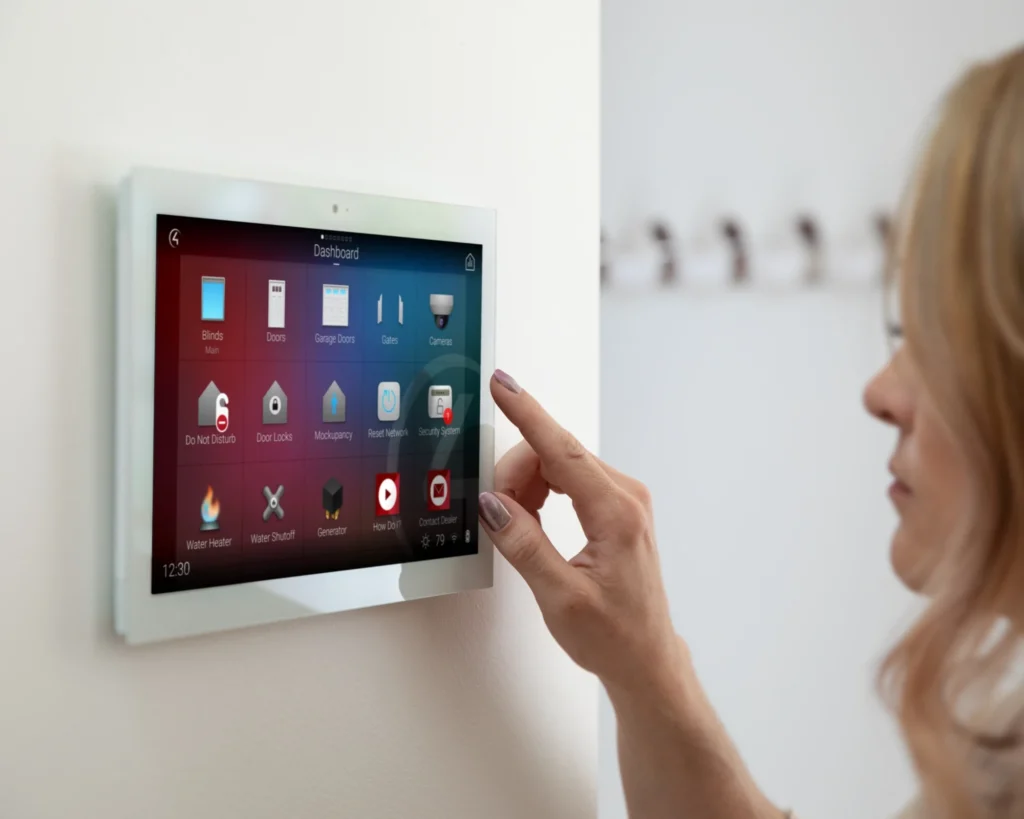
Source: control4.com
The one thing I haven’t done thus far is set up voice control for my lighting scenes. But it is on my to-do list. Voice control allows me to activate and deactivate any of the lighting scenes in my system with nothing more than a verbal command.
On movie nights, I might say something like, “turn on home theater lighting.” Walking down the dark hallway first thing in the morning, I could turn on the early morning scene by saying something like, “Morning lights on.”
I also have certain lighting scenes that are programmed according to the day and time. For instance, my morning light scene activates at the same time every morning, Monday-Thursday. The lights go on at the same time each morning and then off again at a pre-appointed time.
Change the Way You Use Lights
Learning how to create and trigger lighting scenes changed everything for me. It literally changed the way I used the lights in my house. It also helped me learn some of the finer aspects of home automation. Lighting was my starting point, and what I learned by studying lighting scenes has helped me better utilize my smart plugs, video cameras, and other home automation devices.
Do you have smart lights in your home? If so, have you figured out how to create lighting scenes? Learning it is well worth the investment in time. I recommend it to every home automation user.



